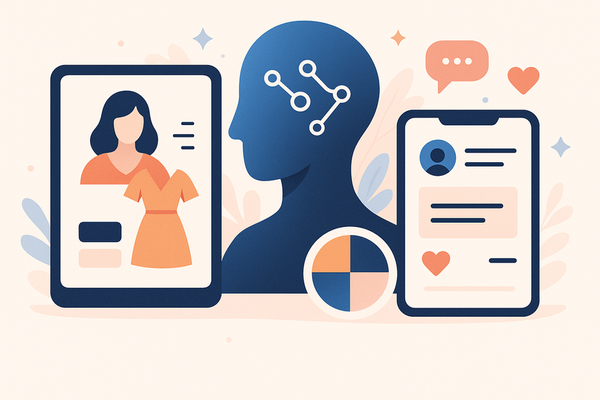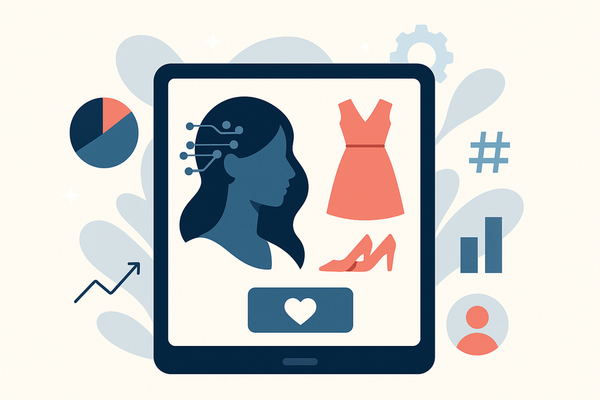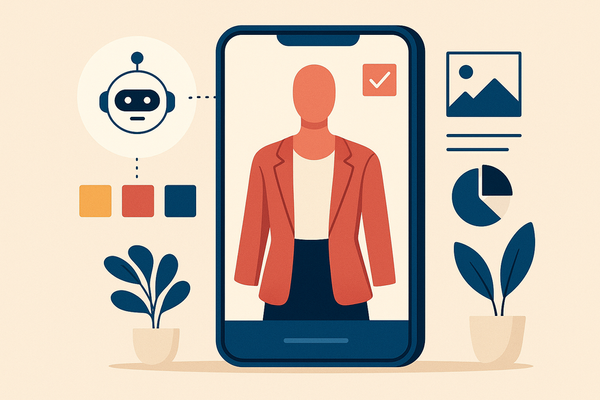How an AI Digital Styling Consultant Can Elevate Your Social Media Image
Discover how an AI digital styling consultant uses technology to revolutionize your social media branding with personalized visuals and consistent style.
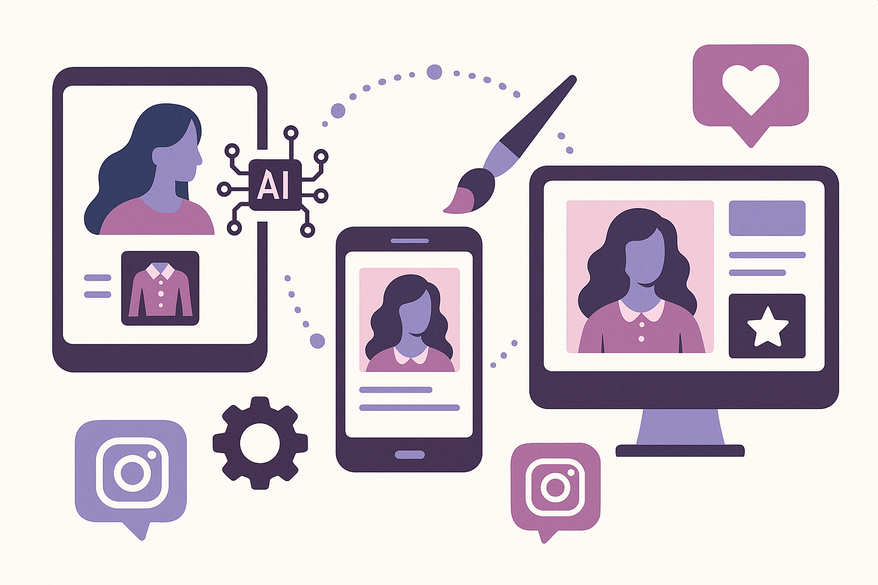
Estimated reading time: 8 minutes
Key Takeaways
- AI-powered styling uses machine learning and computer vision to analyze images, trends, and personal preferences.
- Advanced algorithms offer predictive analytics, color theory insights, and body-shape recognition for cohesive visuals.
- Integration with social media tools streamlines post scheduling, design automation, and A/B testing.
- Best practices include auditing your presence, selecting the right tools, and monitoring KPIs for continuous improvement.
- Future trends focus on generative AI, AR try-ons, predictive analysis, and real-time live-stream styling.
Table of Contents
- The Role of AI in Digital Styling and Branding
- Understanding Digital Styling Evolution
- Key Capabilities of AI in Styling and Branding
- Integration into Social Media Strategy
- How AI Digital Styling Consultants Work
- Technology & Algorithms Overview
- Process Breakdown
- Case Studies & Examples
- Benefits of Leveraging an AI Digital Styling Consultant for Social Media
- Best Practices for Utilizing AI-Driven Styling and Branding Techniques
- Future Trends in AI Styling and Digital Branding
- Conclusion
- FAQ
The Role of AI in Digital Styling and Branding
An AI digital styling consultant is revolutionizing how individuals and brands craft their online persona. By leveraging machine learning techniques such as convolutional neural networks (CNNs) and computer vision, these tools analyze your photos, preferences, and current fashion trends to generate personalized styling guidance and branding strategies for platforms like Instagram, TikTok, and LinkedIn.
In today’s visually driven social media landscape, creating a cohesive and compelling image is crucial. AI’s styling capabilities extend beyond simple filters to advanced predictive analytics, color theory algorithms, and body-shape recognition. For a comprehensive comparison of top solutions, explore the Best AI Styling App 2025 guide.
According to McKinsey, AI-driven personalization can boost customer engagement by up to 20%, proving that tailored visual content resonates more strongly with audiences.
Understanding Digital Styling Evolution
- Traditional vs. AI-Powered Styling
– Manual lookbooks and in-person stylists relied on limited data and human intuition.
– AI-driven digital styling uses algorithms and big data to curate outfits, color schemes, and brand visuals at scale. - Defining Digital Styling & Branding
– Digital styling: creating cohesive visuals (fashion and graphics) for online platforms.
– Digital branding: maintaining a consistent identity across digital touchpoints (logos, fonts, color palettes).
Key Capabilities of AI in Styling and Branding
- Data Ingestion
– Incorporates color theory, body-shape analysis, personal preferences, and brand guidelines.
– Uses robotic process automation for asset management and tagging. - Trend Forecasting
– Leverages predictive analytics and time-series modeling to spot emerging fashion trends weeks in advance.
– Applies sentiment analysis on social media conversations to gauge audience preferences. - Visual Consistency
– Ensures logos, typography, and color schemes remain uniform across posts and platforms.
– Applies style-transfer neural networks to adapt new images to existing brand aesthetics.
Integration into Social Media Strategy
- AI-Driven Post Scheduling
– Analyzes past engagement data to determine optimal posting times for each platform.
– Integrates with tools like Buffer and Sprout Social for automated scheduling. - Automated Design Templates & A/B Testing
– Generates multiple graphic variants using generative adversarial networks (GANs).
– Runs split-tests to identify top-performing visuals, then refines algorithmic output.
For more on curating engaging feeds, see our Instagram Style Tips with AI guide.
Gartner reports that AI in branding cuts time-to-market by 25%, accelerating campaign rollouts and improving marketing agility.
How AI Digital Styling Consultants Work
Technology & Algorithms Overview
- Machine Learning Types
– Supervised learning: models trained on labeled data (e.g., outfit categories).
– Unsupervised learning: identifies hidden patterns (e.g., clustering similar visual styles). - Deep Learning Architectures
– Convolutional Neural Networks (CNNs): extract visual features like color, texture, and silhouette.
– Transformer Models: capture contextual relationships between style elements. - Computer Vision Methods
– Image Classification: categorizes clothing items and accessories.
– Style Transfer: applies a reference aesthetic to new images.
Process Breakdown
- Data Collection
• User photos: high-resolution images of outfits, headshots, and lifestyle content.
• Brand assets: logos, font files, color palettes, and mood boards.
• Audience demographics: age, location, interests, and engagement history. - Data Pre-Processing
• Image resizing & cropping: standardize dimensions for consistent model input.
• Color normalization: adjust lighting and saturation to neutralize variation.
• Labeling & annotation: tag features like garment type, color family, and mood. - Model Training & Fine-Tuning
• CNN layer explanation: early layers detect edges; middle layers capture patterns; deep layers learn high-level concepts.
• Transfer learning: applies pre-trained models for faster adaptation to fashion data. - Inference & Real-Time Recommendations
• API/UI delivery: suggestions via dashboard or chat interface.
• Continuous feedback loop: user ratings and A/B test data retrain models for improved accuracy.
Case Studies & Examples
- Thread uses collaborative filtering and natural language processing (NLP) to match styles with apparel inventory.
- The Yes implements computer vision to recommend items that align with user preferences.
- Canva and Adobe Express offer AI-powered design assistants for branded social graphics.
Benefits of Leveraging an AI Digital Styling Consultant for Social Media
Enhanced Personalization & Consistency
- Tailored Visuals
– Color theory algorithms suggest palettes that resonate with your audience’s psychology.
– Body-shape analysis ensures recommended outfits suit diverse silhouettes. - Brand Cohesion
– Maintains a unified look across posts, stories, and profile imagery.
– Automates application of brand filters and typography. - Measurable Impact
– Brands see up to 35% lift in follower growth when applying AI-driven styling (HubSpot AI styling study).
Time & Cost Efficiency
- Automated Mood Boards & Style Guides
– Instantly generates visual inspiration from curated image sets.
– Reduces manual effort in creating brand guidelines; see our virtual consultations guide. - Resource Savings
– Cuts in-house design hours; freelancers spend less time on trial-and-error.
– Achieves a 40% reduction in design time on average (Accenture efficiency report).
Improved Engagement & Audience Connection
- Higher Click-Through & Share Rates
– Custom visuals based on audience profiling outperform generic images.
– Real-time optimization tweaks designs before posting. - Influencer Success Story
– Jane Doe saw a 50% engagement increase after integrating AI styling suggestions into her Instagram feed (Social Media Examiner case study).
Best Practices for Utilizing AI-Driven Styling and Branding Techniques
- Audit Your Current Social Media Presence
• Use tools like Brand24 and Sprout Social to benchmark performance and sentiment. - Select the Right AI Styling Tools
• Evaluate integration ease, platform support, and customization options.
• Recommended: Thread, The Yes, Pablo by Buffer. - Integrate AI into Your Workflow
• Choose between API (for technical teams) and dashboard (for non-technical users).
• Train your team to interpret AI outputs and provide feedback. - Develop & Maintain a Style Guideline Document
• Include brand color codes, fonts, filters, and composition rules.
• Update quarterly to reflect new trends and audience shifts. - Monitor Performance & Iterate
• Track KPIs: engagement rate, time saved, and brand recall surveys.
• Use data to refine styling rules and tool configurations.
Future Trends in AI Styling and Digital Branding
Generative AI & Style Synthesis
- GANs & Diffusion Models
– Produce photorealistic outfit mockups from text prompts or mood images.
– Enable rapid concept prototyping for campaigns and product launches.
AR-Powered Virtual Try-Ons
- Markerless Augmented Reality
– Overlay digital clothing on live video feeds without special markers.
– Boost confidence in purchase decisions and enhance livestream shopping.
Predictive Trend Analysis
- Big Data & Sentiment Mining
– Crawls social media, blogs, and forums to forecast next-season trends.
– Uses sentiment analysis to detect rising color palettes and style preferences.
Real-Time Live Stream Styling
- AI Suggestions During Broadcasts
– Monitors viewer reactions to adjust styling recommendations on the fly.
– Integrates with platforms like YouTube Live and TikTok LIVE for instant feedback.
Conclusion
An AI digital styling consultant merges cutting-edge technology with fashion and branding expertise to transform your social media presence. By understanding the underlying AI algorithms, implementing best practices, and staying abreast of future trends, you can achieve consistent, personalized visuals that captivate audiences. From enhanced engagement and cost efficiency to real-time style optimization, AI-driven styling offers tangible benefits for businesses, influencers, and creative teams alike. Take the first step towards a smarter, more stylish future with AI styling advice.
For deeper analysis and personalized aesthetic reports, consider exploring Maxx Report.
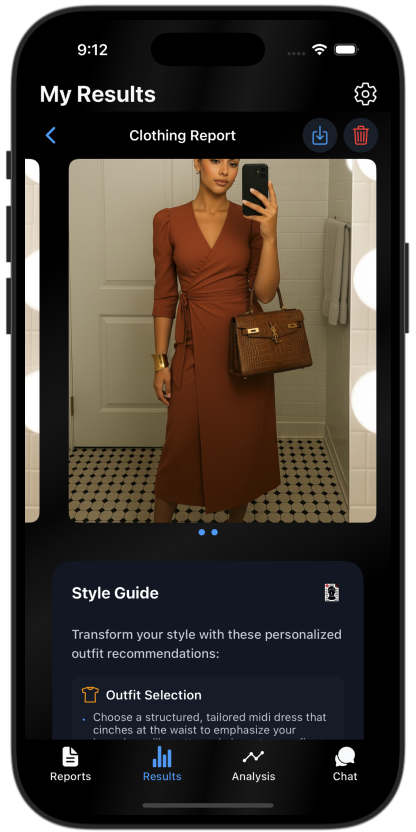
FAQ
- What is an AI digital styling consultant?
An AI digital styling consultant leverages machine learning and computer vision to analyze images, trends, and preferences, delivering personalized fashion and branding advice for social media. - How accurate are AI styling recommendations?
Accuracy depends on data quality and model sophistication. Continuous feedback loops and A/B testing improve precision over time. - Can small businesses benefit from AI styling?
Absolutely—AI tools scale to any budget, enabling small brands to maintain consistent, on-trend visuals without large in-house teams.


